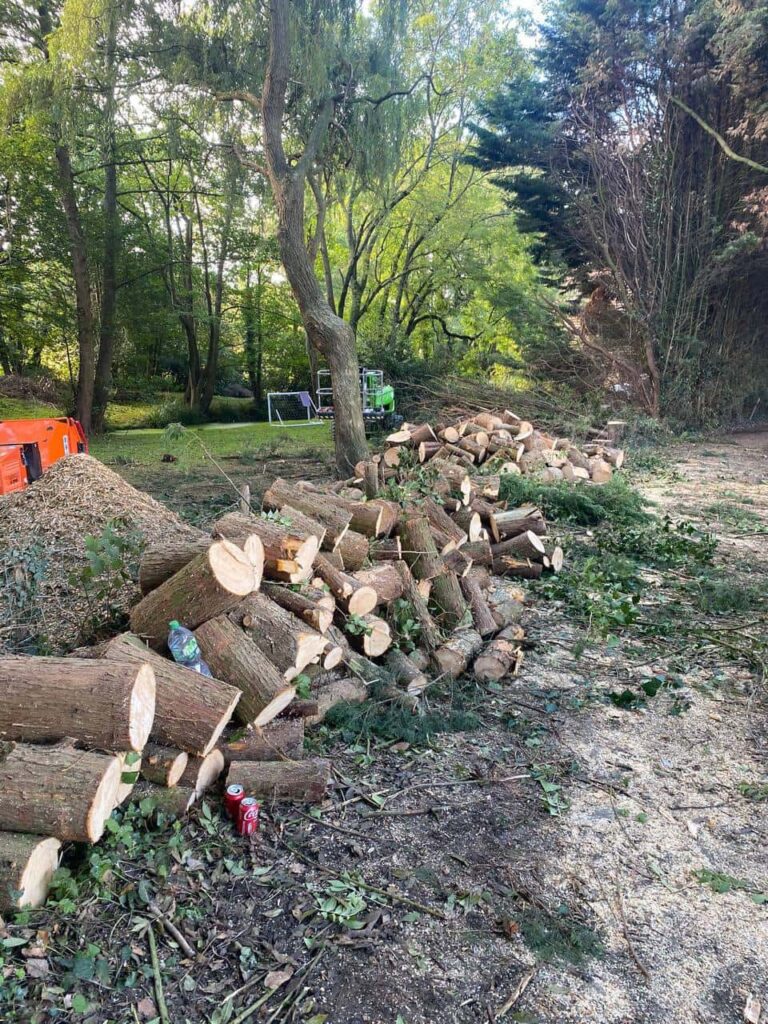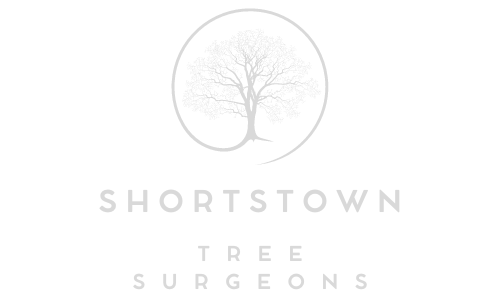Pruning to Encourage Fruiting and Flowering: Expert Tips
Pruning is a vital practice in maintaining the health, structure, and productivity of trees and shrubs. When done correctly, pruning can stimulate plants to produce more flowers and fruits, creating a thriving and aesthetically pleasing landscape. However, proper pruning requires knowledge and expertise to avoid damaging the plant and to achieve the best results. Here, we offer expert tips on how to prune effectively to encourage fruiting and flowering, helping homeowners in Shortstown, Bedfordshire, make the most of their trees and shrubs.
1. Understand the Pruning Basics
Before picking up your shears, it’s essential to understand the basics of pruning. Each cut affects the growth and health of the tree, so it’s crucial to approach it with knowledge and precision. Proper pruning techniques remove dead or unproductive growth, direct energy to vital areas, and stimulate new, productive growth. Working with professional tree surgeons like those at Shortstown Tree Surgeons ensures that each pruning cut is made with care and understanding.
2. Know the Right Timing
Timing is critical in pruning for fruiting and flowering. Pruning at the wrong time can reduce the number of blooms and fruits, as it may unintentionally remove the buds that would have flowered or fruited.
- Flowering Trees and Shrubs: These are best pruned right after they flower. For example, spring-flowering plants, such as magnolias and lilacs, should be pruned immediately after blooming. This allows the plant to set buds for the next season without sacrificing blooms.
- Fruit Trees: Winter pruning is commonly recommended for fruit trees like apples, pears, and plums, as it encourages vigorous growth. However, light summer pruning can help improve sunlight exposure and airflow, which is crucial for fruit development.
3. Encourage Growth with Thinning and Heading Cuts
Pruning techniques can be broadly categorised into thinning and heading cuts, both of which are essential for different purposes:
- Thinning Cuts: These involve removing entire branches at their origin and are particularly effective for opening up the canopy. Thinning allows more sunlight and air to reach the centre of the plant, essential for developing healthy fruits and flowers. This method also reduces disease risk and encourages strong, healthy growth.
- Heading Cuts: These cuts shorten branches, stimulating lateral growth that produces more flowering shoots. This approach is beneficial for shrubs or smaller trees that you wish to keep more compact and promote denser flowering or fruiting.
4. Target Old, Unproductive Wood
Old wood often lacks the vigour of new growth and contributes less to flowering and fruiting. Removing older branches encourages the tree or shrub to produce new shoots, which are typically more productive. For certain flowering shrubs, such as hydrangeas, selectively removing old wood every few years can lead to more abundant blooms.
For fruiting trees, particularly those like apples and pears, old branches may produce fewer and smaller fruits. Removing or rejuvenating these branches can redirect energy to newer, more productive areas, enhancing fruit quality and quantity.
5. Keep Growth Balanced
Proper pruning should balance the shape and growth of the plant. Over-pruning, especially of fruit trees, can lead to an imbalance where too much energy goes into new growth instead of fruit production. Aim for a balanced structure that supports both flowering and fruiting while maintaining the tree’s health. Removing inward-growing branches and any that cross over helps maintain an open, balanced structure conducive to better growth.
6. Don’t Forget About Deadheading
Deadheading, or removing spent flowers, is a valuable practice for certain flowering shrubs and trees. By removing faded blooms, you prevent the plant from directing energy into seed production and instead stimulate additional blooms. While deadheading may seem minor, it can make a noticeable difference in enhancing flowering potential.
7. Prioritise Plant Health
When pruning, never compromise the overall health of the plant. Pruning should always include removing diseased or damaged wood first. Disease can spread quickly if infected branches are left untreated, and damage from storms or other factors can weaken the tree’s structure. By prioritising the removal of unhealthy wood, you encourage the plant to direct its energy toward healthy, productive growth, which in turn supports more fruitful and flower-filled seasons.
Conclusion
Pruning to enhance fruiting and flowering is a practice that requires careful timing, technique, and knowledge of the plant’s needs. The rewards, however, are well worth the effort – a healthier plant, an abundant display of flowers, and high-quality fruits that bring beauty and productivity to your landscape. At Shortstown Tree Surgeons in Shortstown, Bedfordshire, we understand the science and art of pruning, providing expert services to ensure your trees and shrubs are pruned to perfection. Contact us today to learn how our professional pruning services can help you achieve an attractive and productive garden.
Call us on: 01234 862 087
Click here to find out more about Shortstown Tree Surgeons
Click here to complete our contact form and see how we can help with your trees needs.

